Right angles: the father of Italian geometric art comes to London
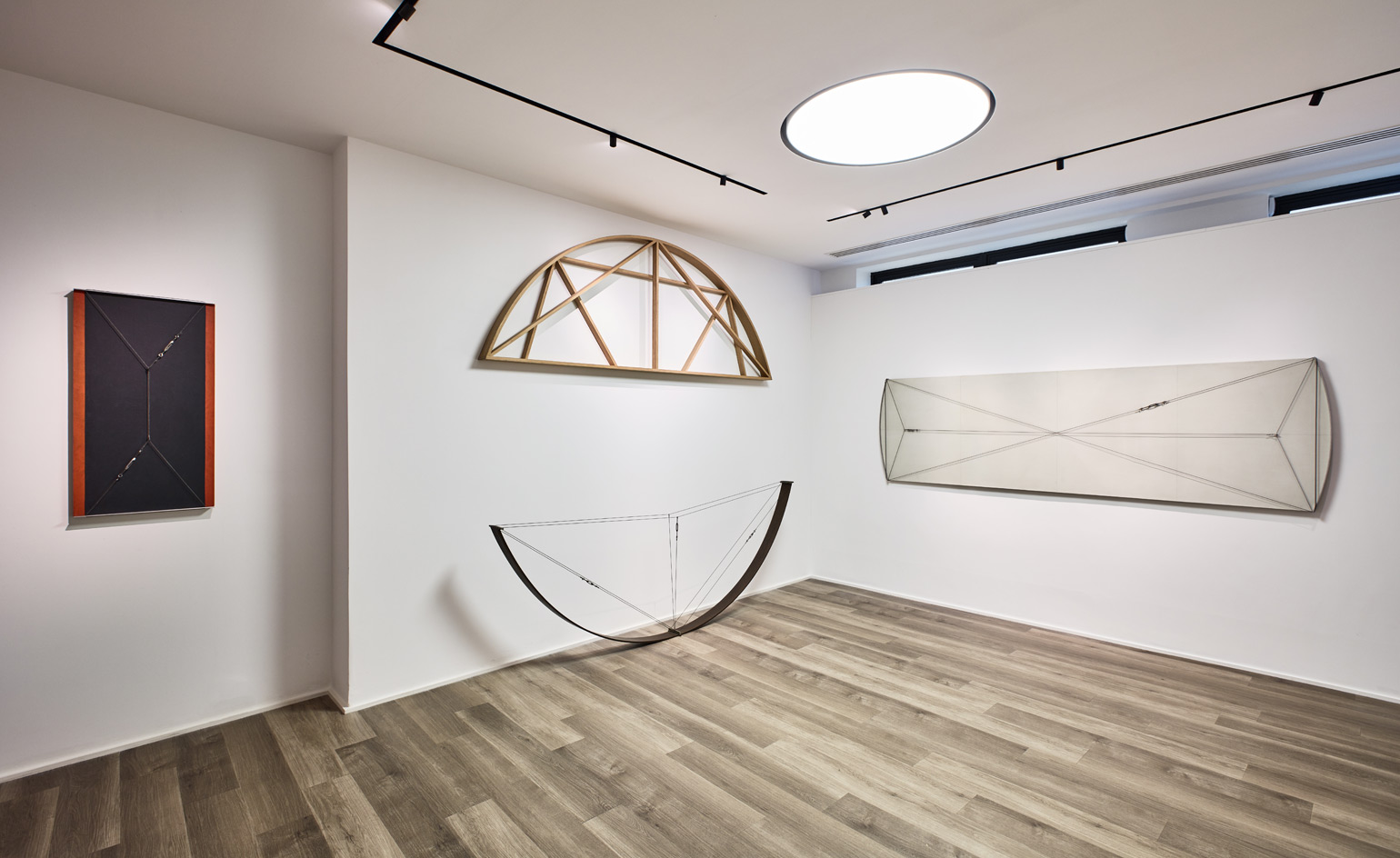
Gianfranco Pardi was the father of geometry in Italy in the 20th century. Like Leonardo da Vinci, who first put applied geometry to art, Pardi was born in Milan, and his work bears the traces of da Vinci’s approach, interested in the meeting of painting, sculpture, architecture, mathematics and science.
Until now, Pardi has been somewhat of a well-kept Italian secret. The Associazione Culturale Gianfranco Pardi in Milan – founded to conserve the artist’s archive and define his contributions to Italian art – has established Pardi’s importance in his homeland, but now Cortesi Gallery in London is showing Pardi’s work in the first major monographic survey of his work outside Italy.
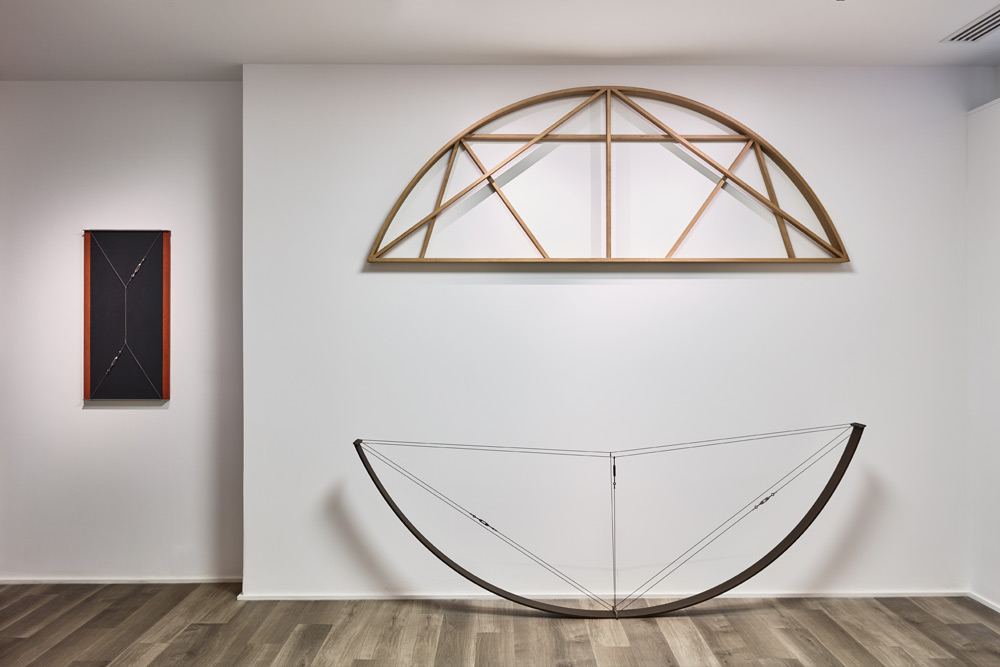
‘Sistema’, 1976
Focusing on works produced from 1968 to 1988, the earliest is his seminal Giardino Pensile (Roof Garden) from 1968, with its alien-green glazed aluminium, is a reflection on a dual concept of space as biomorphic and geometric, real and imagined, manmade and natural.
The work — on view in London — also coincided with the beginnings of Pardi’s ongoing collaboration with Giorgio Marconi at Studio Marconi (now operating as Fondazione Marconi) — who worked with avant-garde artists defining the artistic movements of their day, like Man Ray, Sonia Delaunay and Lucio Fontana.
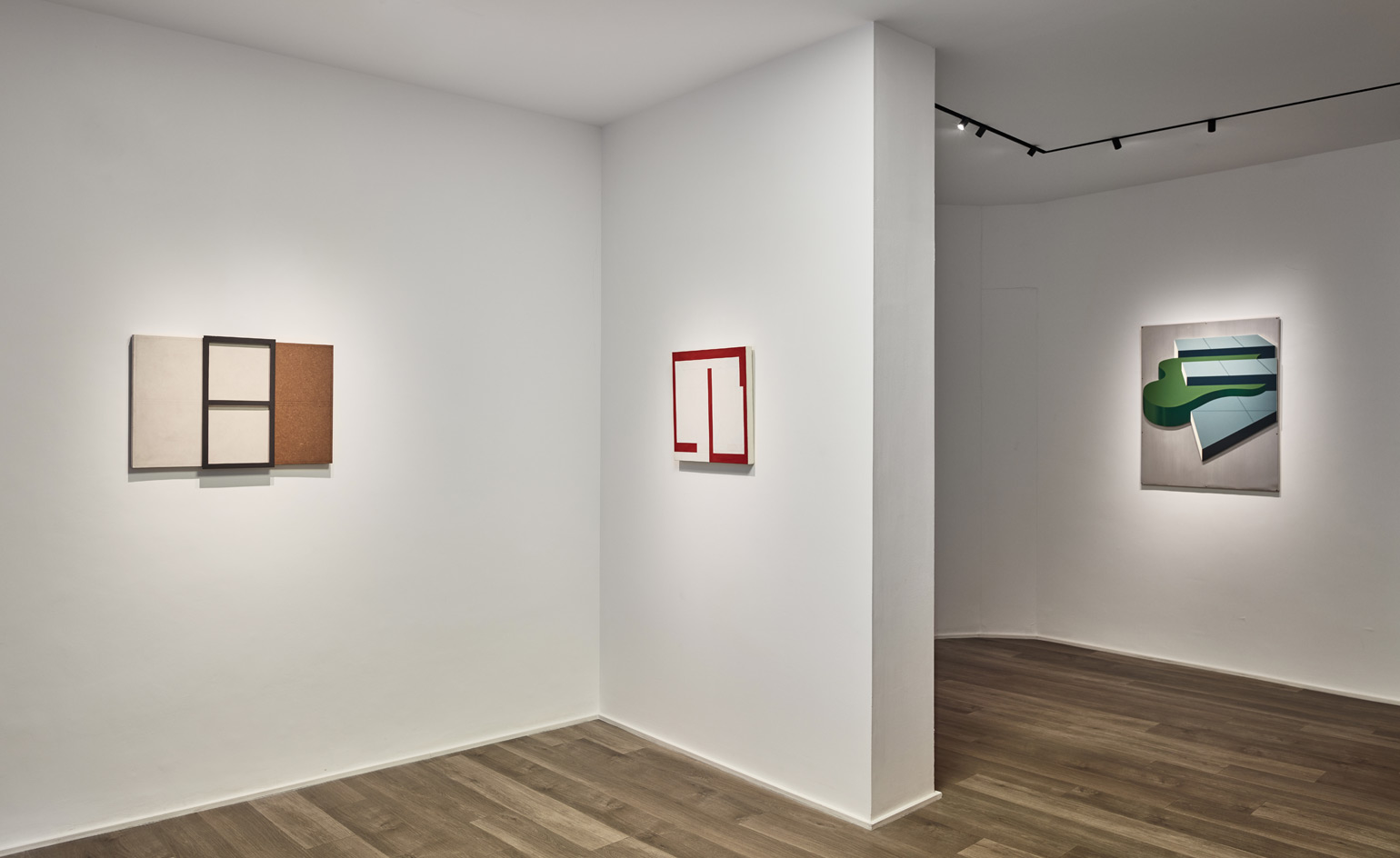
From left, ‘Finestra’, 1977; ‘Casa’, 1981; and ‘Giardino Pensile’, 1969
Throughout the 1970s, Pardi continued to be inspired by architecture. In his series Architettura, he introduced structural steel bars and buffed metal surfaces to his canvases — radical in his day — creating works that combined painting, drawing and sculpture in one work, another radical idea at the time.
Architecture continued to be a source of wide-eyed fascination for the Italian artist. From these poetic ruminations on canvas in the 1970s, inspired by windows and ceilings, among other interior structures, Pardi moved outwards, and began to imagine whole structures — the home (Casa, 1981), the museum, (Museo, 1980) and even, a cinema (Cinema 02/1, 1987).
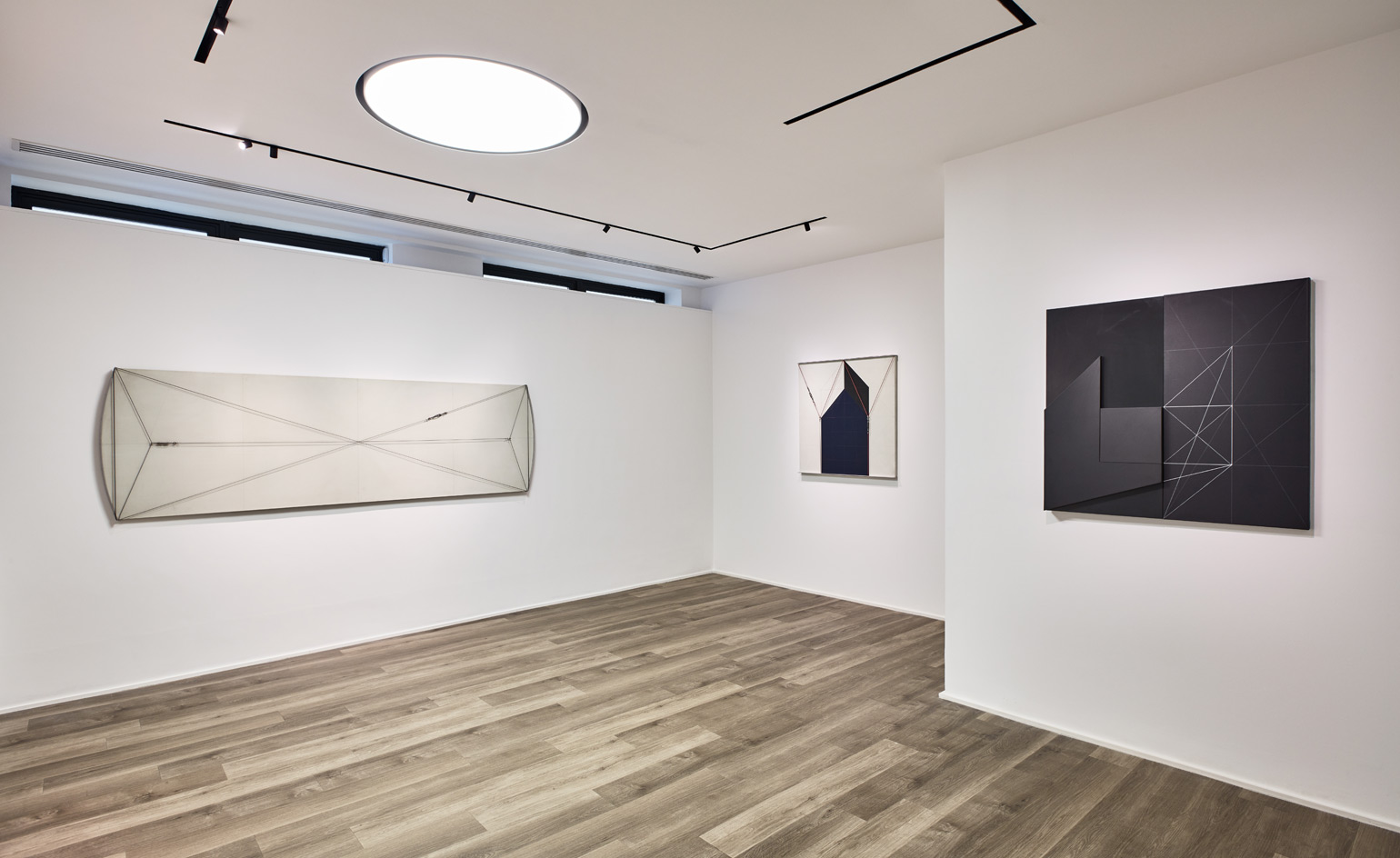
From left, ‘Sistema’, 1976; ‘Architettura’, 1973; and ‘Architettura’, 1970
This survey at Cortesi places Pardi’s work in the wider context of European art history — somewhere between abstraction, constructivism and neoplaticism. They’re also, as it happens, very pleasing to look at.
Wallpaper* Newsletter
Receive our daily digest of inspiration, escapism and design stories from around the world direct to your inbox.
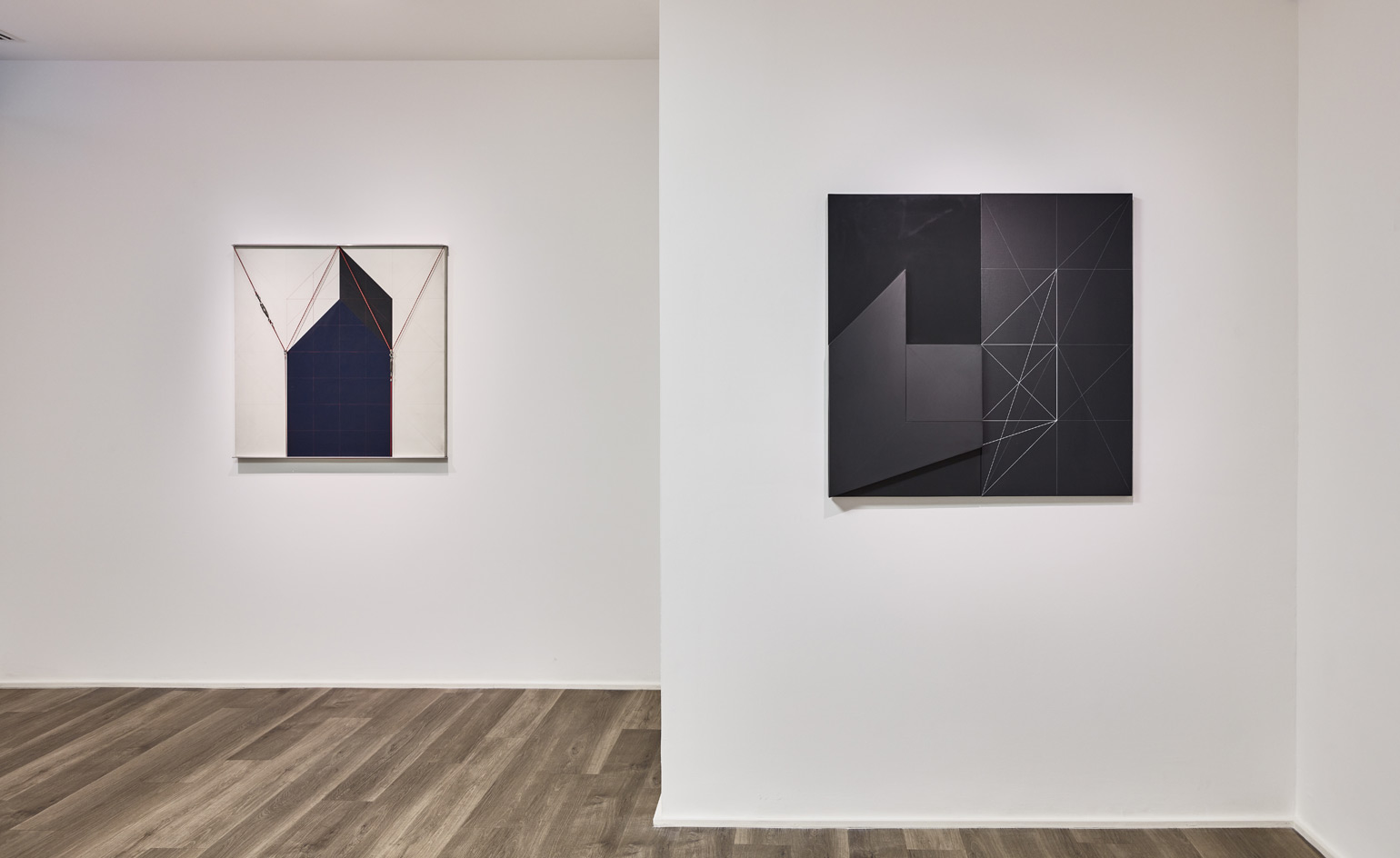
Left, Architettura, 1973. Right, Architettura, 1973
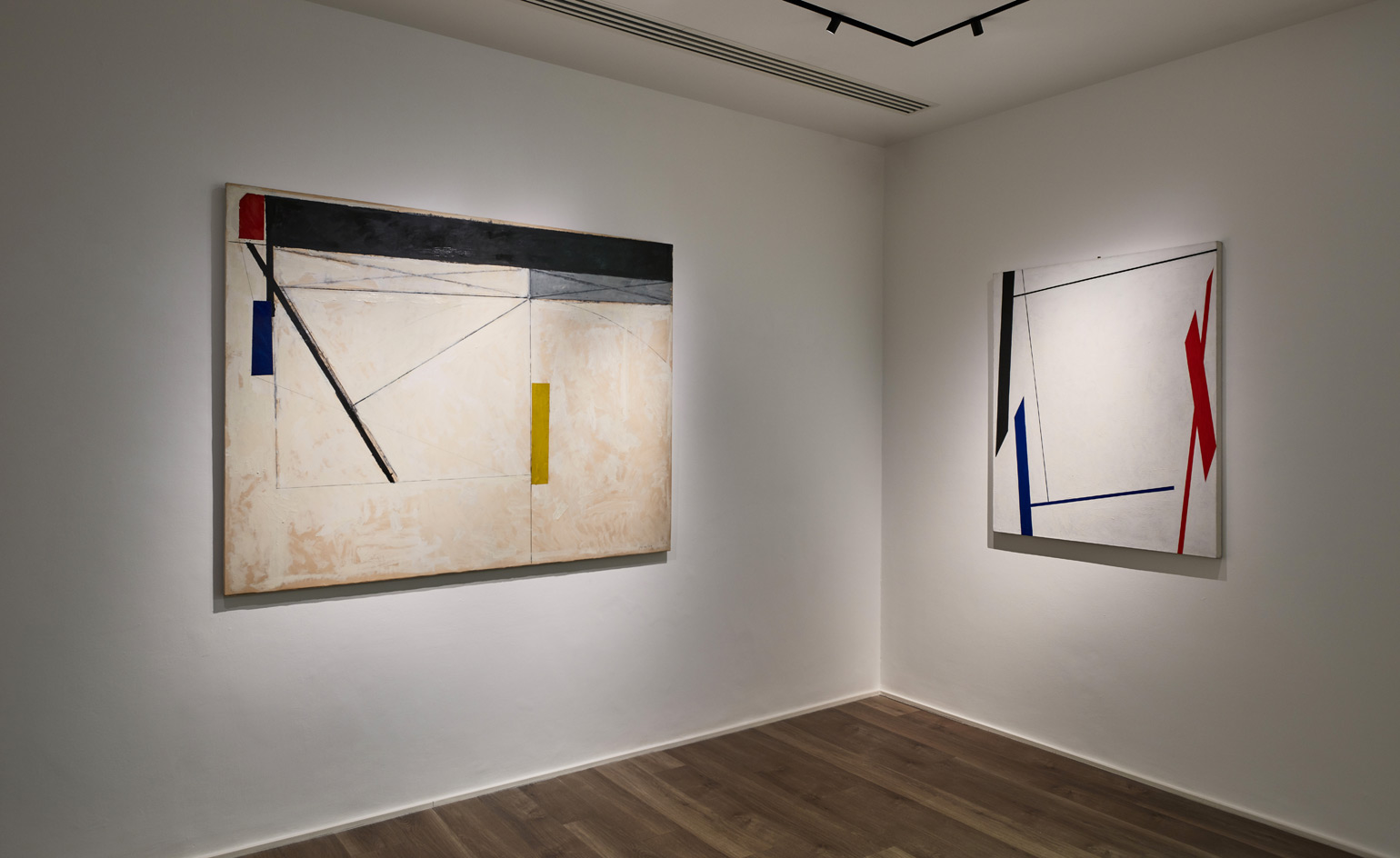
Left, Cinema 02/1, 1987. Right, Diagonale, 1982
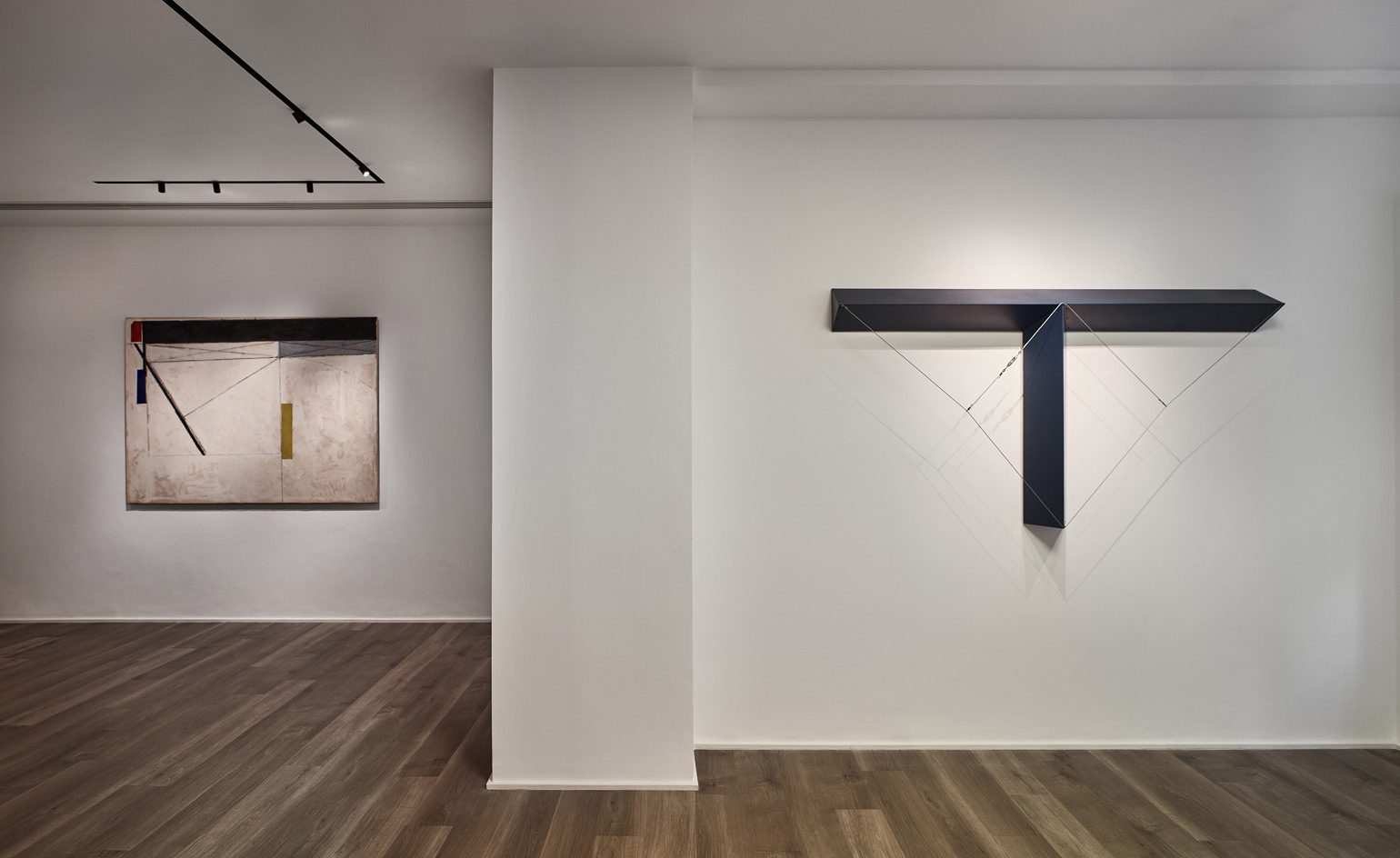
Left, Cinema 02/1, 1987. Right, Architettura, 1973
INFORMATION
‘Gianfranco Pardi. Works 1968 – 1988’ is on view until 11 March. For more information visit the Cortesi Gallery website
ADDRESS
Cortesi Gallery
41–43 Maddox Street
London W1S 2PD
Charlotte Jansen is a journalist and the author of two books on photography, Girl on Girl (2017) and Photography Now (2021). She is commissioning editor at Elephant magazine and has written on contemporary art and culture for The Guardian, the Financial Times, ELLE, the British Journal of Photography, Frieze and Artsy. Jansen is also presenter of Dior Talks podcast series, The Female Gaze.
-
 Japan in Milan! See the highlights of Japanese design at Milan Design Week 2025
Japan in Milan! See the highlights of Japanese design at Milan Design Week 2025At Milan Design Week 2025 Japanese craftsmanship was a front runner with an array of projects in the spotlight. Here are some of our highlights
By Danielle Demetriou
-
 Tour the best contemporary tea houses around the world
Tour the best contemporary tea houses around the worldCelebrate the world’s most unique tea houses, from Melbourne to Stockholm, with a new book by Wallpaper’s Léa Teuscher
By Léa Teuscher
-
 ‘Humour is foundational’: artist Ella Kruglyanskaya on painting as a ‘highly questionable’ pursuit
‘Humour is foundational’: artist Ella Kruglyanskaya on painting as a ‘highly questionable’ pursuitElla Kruglyanskaya’s exhibition, ‘Shadows’ at Thomas Dane Gallery, is the first in a series of three this year, with openings in Basel and New York to follow
By Hannah Silver
-
 ‘Humour is foundational’: artist Ella Kruglyanskaya on painting as a ‘highly questionable’ pursuit
‘Humour is foundational’: artist Ella Kruglyanskaya on painting as a ‘highly questionable’ pursuitElla Kruglyanskaya’s exhibition, ‘Shadows’ at Thomas Dane Gallery, is the first in a series of three this year, with openings in Basel and New York to follow
By Hannah Silver
-
 The art of the textile label: how British mill-made cloth sold itself to Indian buyers
The art of the textile label: how British mill-made cloth sold itself to Indian buyersAn exhibition of Indo-British textile labels at the Museum of Art & Photography (MAP) in Bengaluru is a journey through colonial desire and the design of mass persuasion
By Aastha D
-
 Artist Qualeasha Wood explores the digital glitch to weave stories of the Black female experience
Artist Qualeasha Wood explores the digital glitch to weave stories of the Black female experienceIn ‘Malware’, her new London exhibition at Pippy Houldsworth Gallery, the American artist’s tapestries, tuftings and videos delve into the world of internet malfunction
By Hannah Silver
-
 Ed Atkins confronts death at Tate Britain
Ed Atkins confronts death at Tate BritainIn his new London exhibition, the artist prods at the limits of existence through digital and physical works, including a film starring Toby Jones
By Emily Steer
-
 Tom Wesselmann’s 'Up Close' and the anatomy of desire
Tom Wesselmann’s 'Up Close' and the anatomy of desireIn a new exhibition currently on show at Almine Rech in London, Tom Wesselmann challenges the limits of figurative painting
By Sam Moore
-
 A major Frida Kahlo exhibition is coming to the Tate Modern next year
A major Frida Kahlo exhibition is coming to the Tate Modern next yearTate’s 2026 programme includes 'Frida: The Making of an Icon', which will trace the professional and personal life of countercultural figurehead Frida Kahlo
By Anna Solomon
-
 A portrait of the artist: Sotheby’s puts Grayson Perry in the spotlight
A portrait of the artist: Sotheby’s puts Grayson Perry in the spotlightFor more than a decade, photographer Richard Ansett has made Grayson Perry his muse. Now Sotheby’s is staging a selling exhibition of their work
By Hannah Silver
-
 From counter-culture to Northern Soul, these photos chart an intimate history of working-class Britain
From counter-culture to Northern Soul, these photos chart an intimate history of working-class Britain‘After the End of History: British Working Class Photography 1989 – 2024’ is at Edinburgh gallery Stills
By Tianna Williams